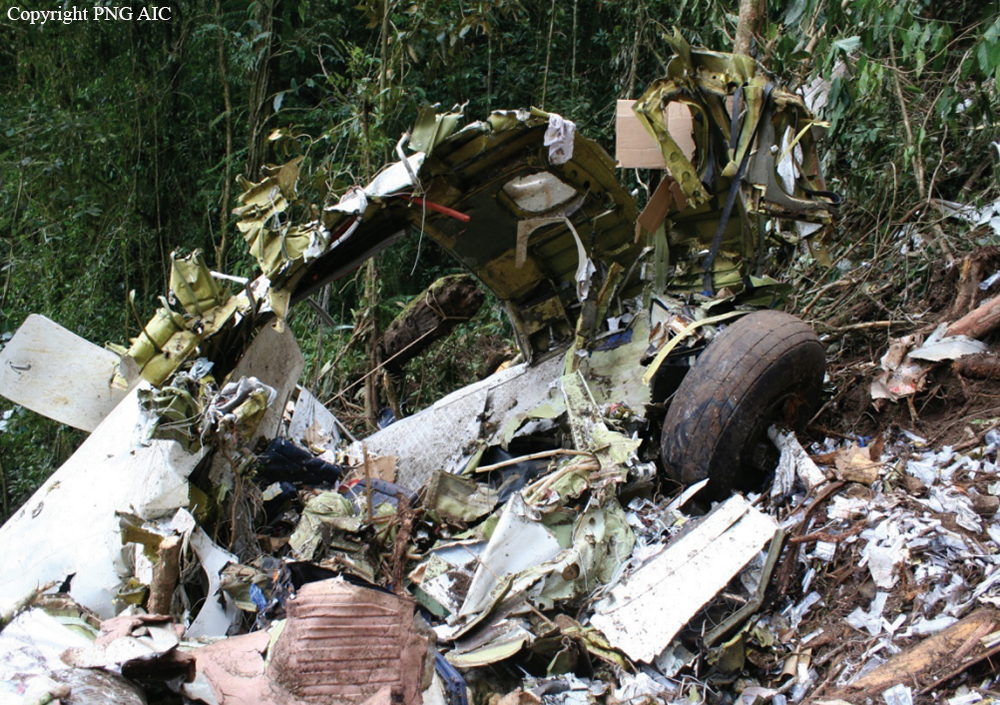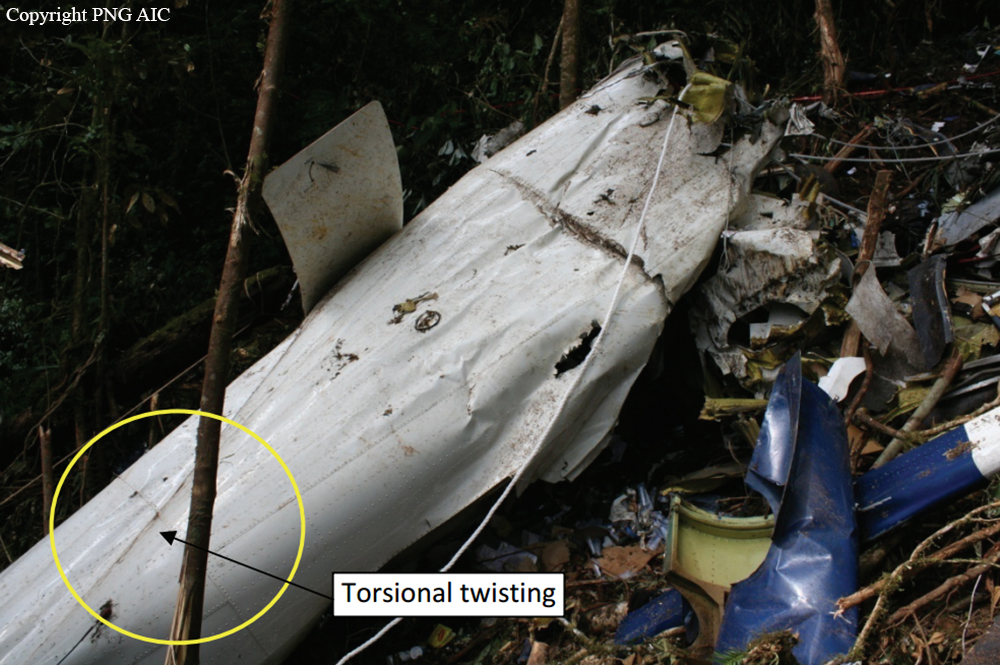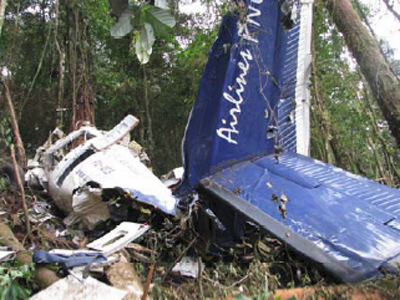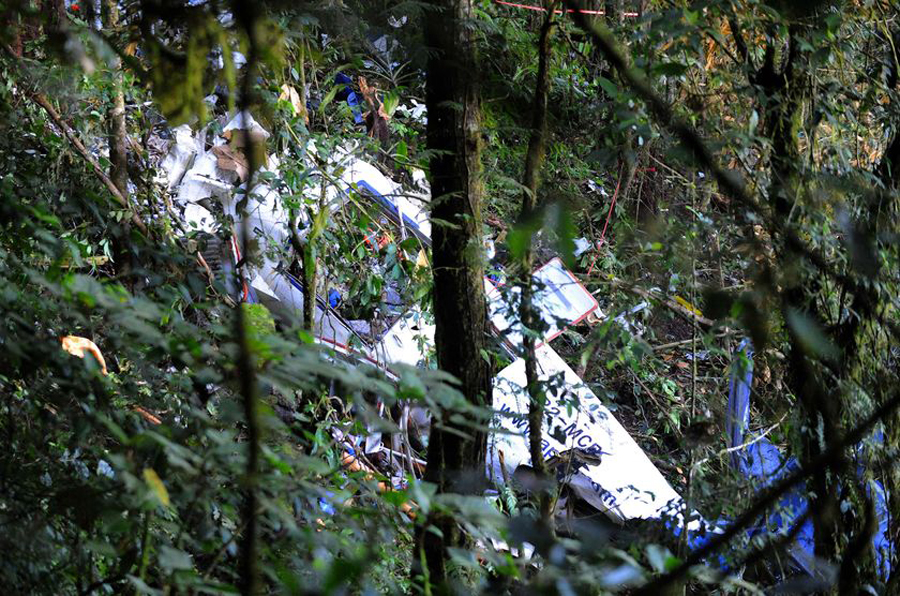Country
Crash of a De Havilland DHC-6 Twin Otter 300 off in Caballococha
Date & Time:
Mar 9, 2012 at 1130 LT
Registration:
FAP-317
Survivors:
Yes
Schedule:
Iquitos - Caballococha
MSN:
324
YOM:
1971
Crew on board:
2
Crew fatalities:
Pax on board:
9
Pax fatalities:
Other fatalities:
Total fatalities:
0
Circumstances:
The seaplane landed hard in the Caballococha's Laguna. Upon landing on water, the right float was torn off, the aircraft overturned and sank. All 11 occupants were rescued and the aircraft was damaged beyond repair. It was performing a flight from Iquitos on behalf of the 42nd Group of the Peruvian Air Force.
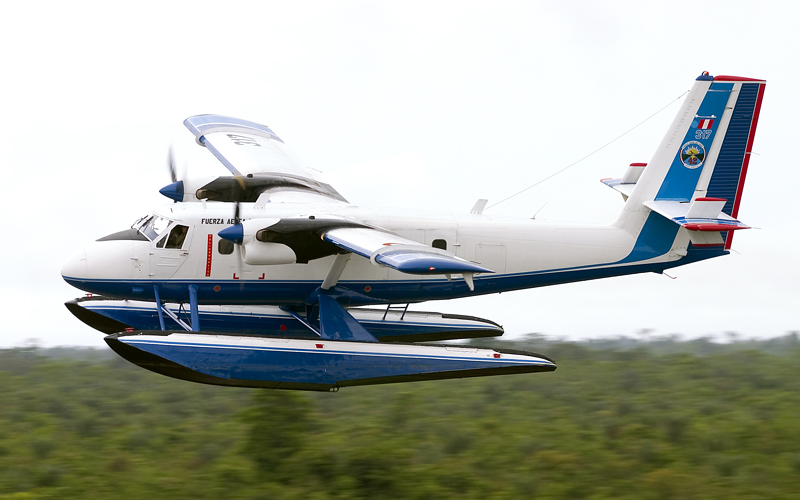
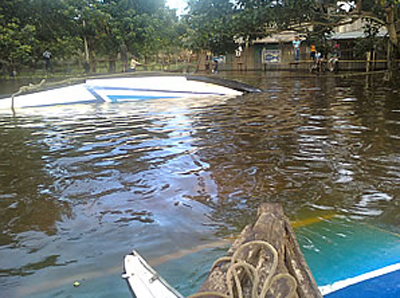
Crash of a De Havilland DHC-6 Twin Otter 300 in Yellowknife: 2 killed
Date & Time:
Sep 22, 2011 at 1318 LT
Registration:
C-GARW
Survivors:
Yes
Schedule:
Thor Lake - Yellowknife
MSN:
367
YOM:
1973
Crew on board:
2
Crew fatalities:
Pax on board:
7
Pax fatalities:
Other fatalities:
Total fatalities:
2
Captain / Total hours on type:
1037.00
Copilot / Total hours on type:
323
Aircraft flight hours:
33355
Circumstances:
The float-equipped de Havilland DHC-6-300 Twin Otter (registration C-GARW, serial number 367) was landing at the float-plane base (CEN9) located in Yellowknife, Northwest Territories, along the western shore of Great Slave Lake, beside the area known as Old Town. There were 2 crew members and 7 passengers on board, and the first officer was the pilot flying. On touchdown, the aircraft bounced, porpoised and landed hard on the right float. The flight crew initiated a go-around; the aircraft lifted off at low speed in a nose-high, right-wing-low attitude, and it continued in a right turn towards the shore. As the turn continued, the aircraft’s right wing contacted power lines and cables before the float bottoms impacted the side of an office building. The aircraft then dropped to the ground on its nose and cart-wheeled into an adjacent parking lot. Both crew members were fatally injured, 4 passengers were seriously injured, and 3 passengers sustained minor injuries. The aircraft was substantially damaged. The 406-megahertz emergency locator transmitter activated. There was no fire. The accident occurred at 1318 Mountain Daylight Time.
Probable cause:
Findings as to Causes and Contributing Factors:
1. Airspeed fluctuations at touchdown, coupled with gusty wind conditions, caused a bounced landing.
2. Improper go-around techniques during the recovery from the bounced landing resulted in a loss of control.
3. It is possible that confused crew coordination during the attempted go-around contributed to the loss of control.
1. Airspeed fluctuations at touchdown, coupled with gusty wind conditions, caused a bounced landing.
2. Improper go-around techniques during the recovery from the bounced landing resulted in a loss of control.
3. It is possible that confused crew coordination during the attempted go-around contributed to the loss of control.
Final Report:
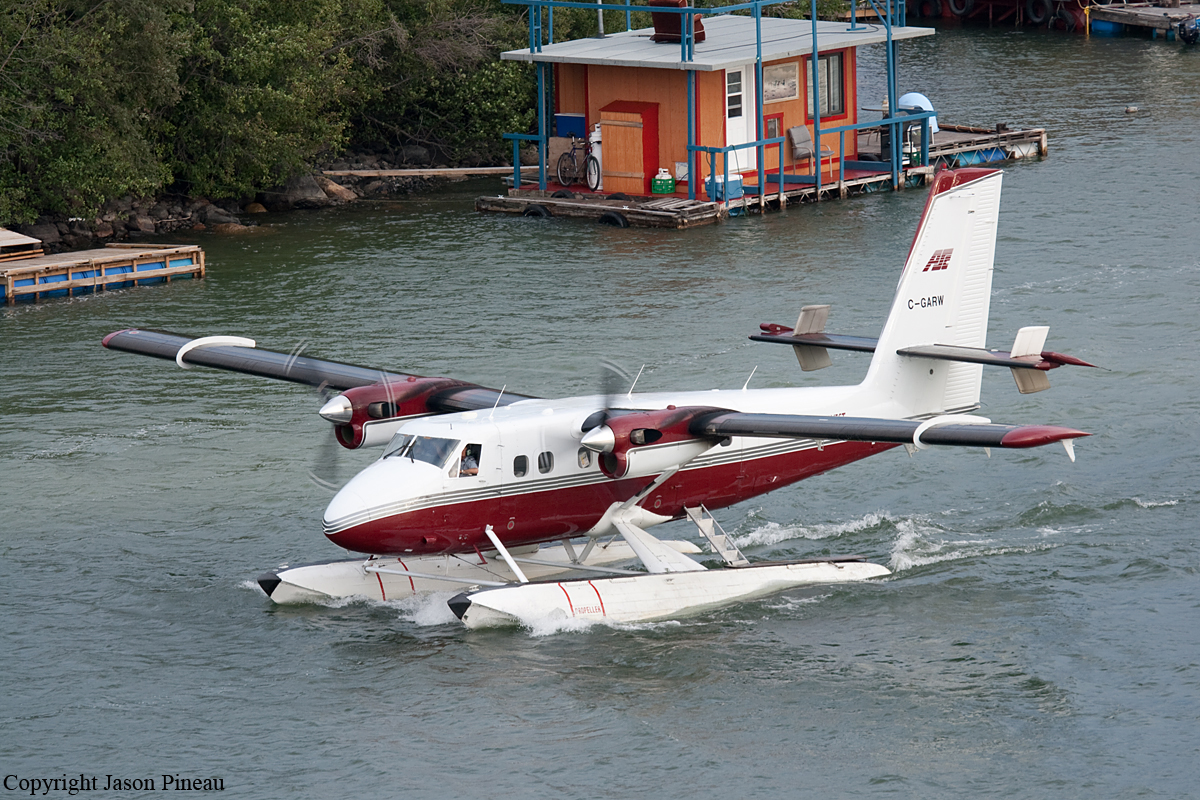
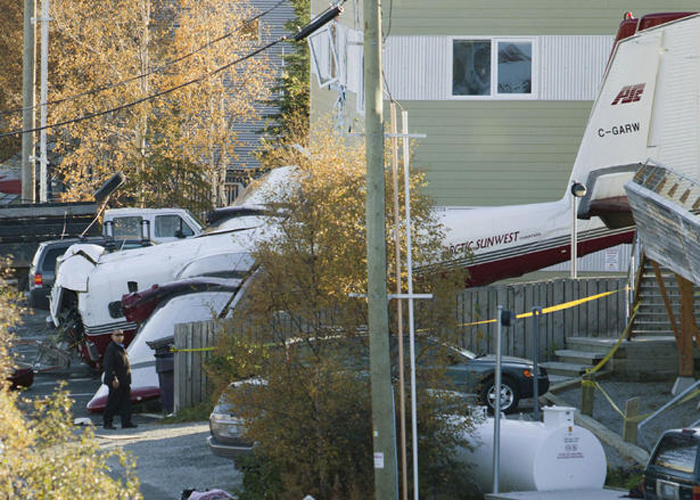
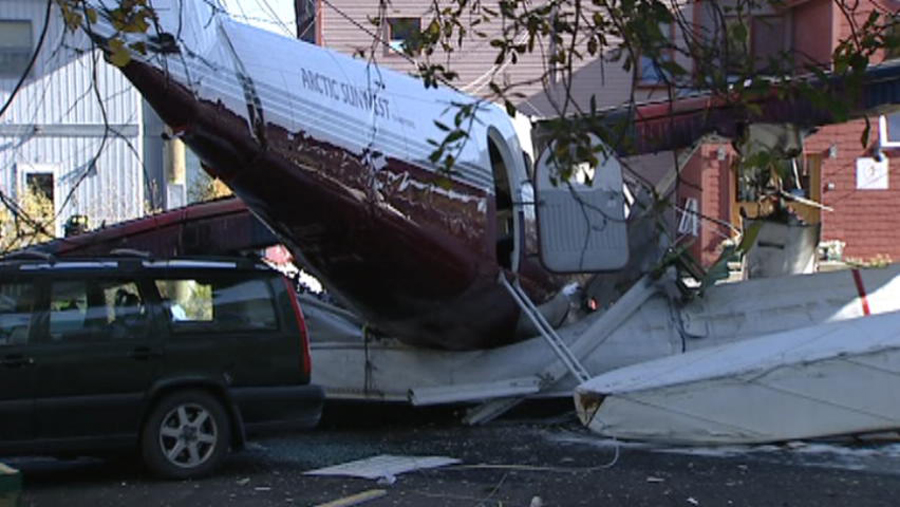
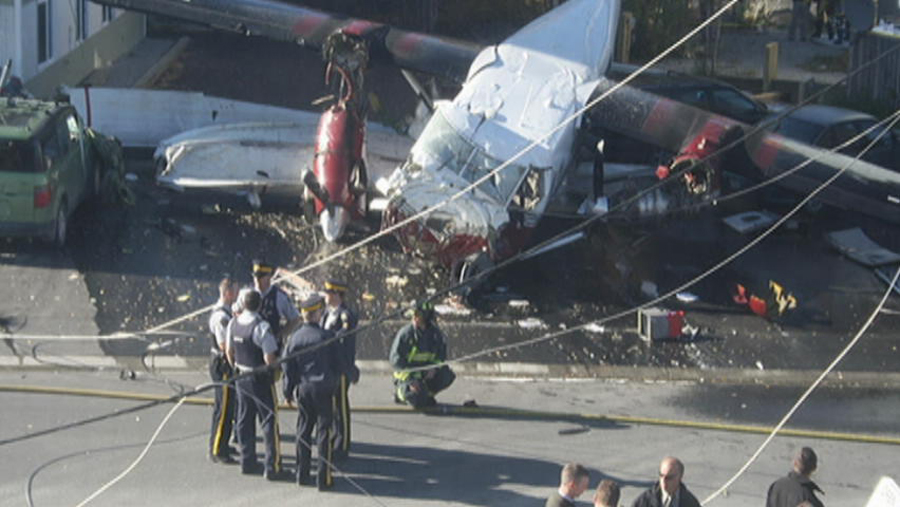
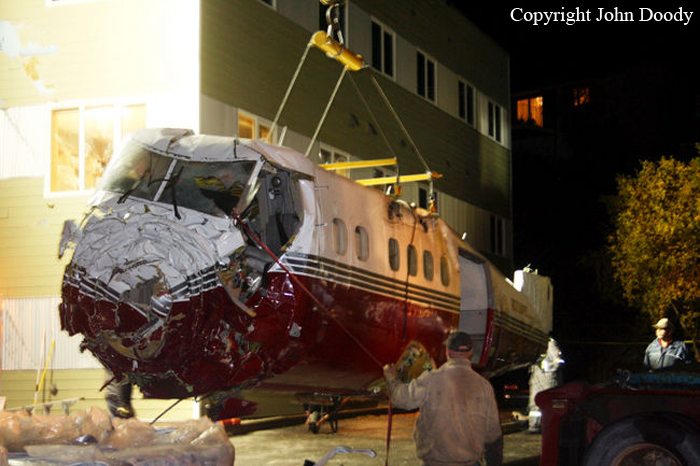
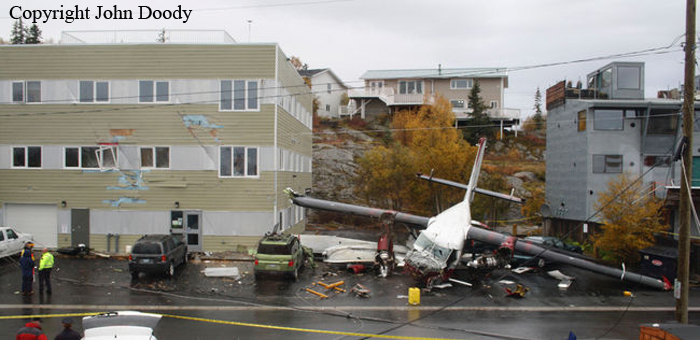
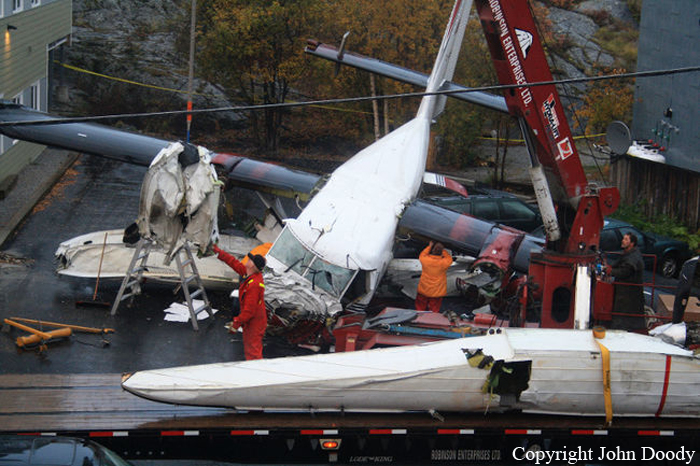
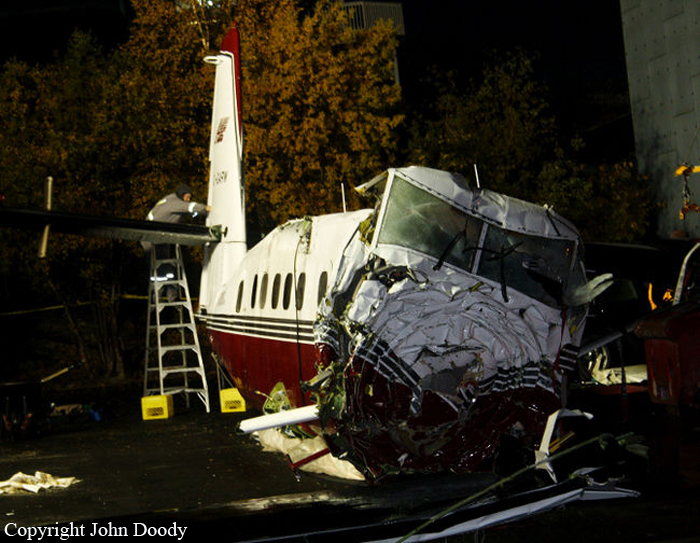
Crash of a De Havilland DHC-6 Twin Otter 310 in the Maadhiggaru Falhu lagoon
Date & Time:
Jul 11, 2011 at 0910 LT
Registration:
8Q-TMD
Survivors:
Yes
Schedule:
Male - Male
MSN:
530
YOM:
1977
Flight number:
TMW201A
Crew on board:
2
Crew fatalities:
Pax on board:
0
Pax fatalities:
Other fatalities:
Total fatalities:
0
Captain / Total hours on type:
3387.00
Copilot / Total hours on type:
2650
Aircraft flight hours:
34746
Aircraft flight cycles:
62428
Circumstances:
The 8Q-TMD aircraft took-off from water runway of Male’ International Airport North Bound Left (NL) at 0820 hrs local time on 11 July 2011 for a routine training flight bound to Maadhiggaru Falhu (a lagoon located approximately 15 nautical miles south west of the Male’ International Airport). The sky was clear with good visibility and wind 8-10 knots from west and south west. During the training 5 landings and take-offs were made simulating different conditions of flight. Crew confirmed that all these landings and take-offs were made inside the lagoon except the last landing where the crew decided to land on open water outside the lagoon. Crew were simulating single engine landing with a tail wind. As per the crew, the aircraft initial touch down was smooth. However, they stroke a wave which made the aircraft bounce up for about 20 feet. With the low power the aircraft hit the water again, resulting in multiple float attachments to break. Both front and main spreader bars broke and floats rose up twisted, hitting the engine bottom cowlings. Propeller cut was found on top front of both floats.
Probable cause:
Impact with a high swell during landing followed by a high bounce and hard landing resulting in both float attachments being damaged and detached with a major structural damages. Major contributing factor was higher than normal touch down speed due to abnormal landing configuration.
Contributing factors:
- Selection of inappropriate landing site (channel) and landing direction (tail wind) based on surface conditions present at that time,
- Simulation of multiple emergencies,
- Abnormal landing configuration (flaps at zero) for single engine landing,
- Time pressure to complete the training and return to commercial operations.
Contributing factors:
- Selection of inappropriate landing site (channel) and landing direction (tail wind) based on surface conditions present at that time,
- Simulation of multiple emergencies,
- Abnormal landing configuration (flaps at zero) for single engine landing,
- Time pressure to complete the training and return to commercial operations.
Final Report:
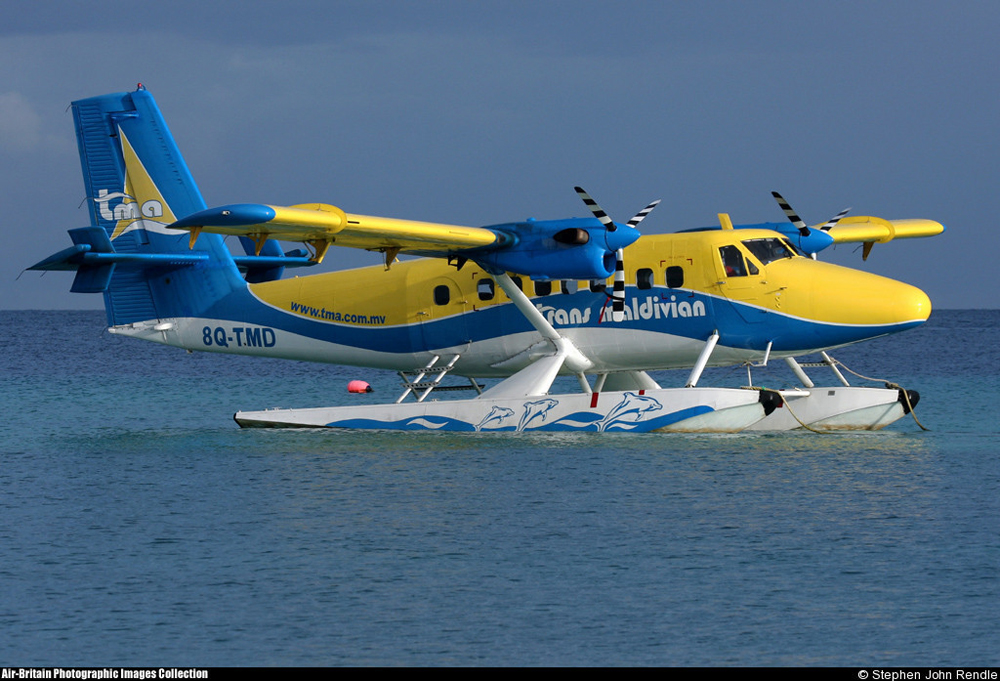

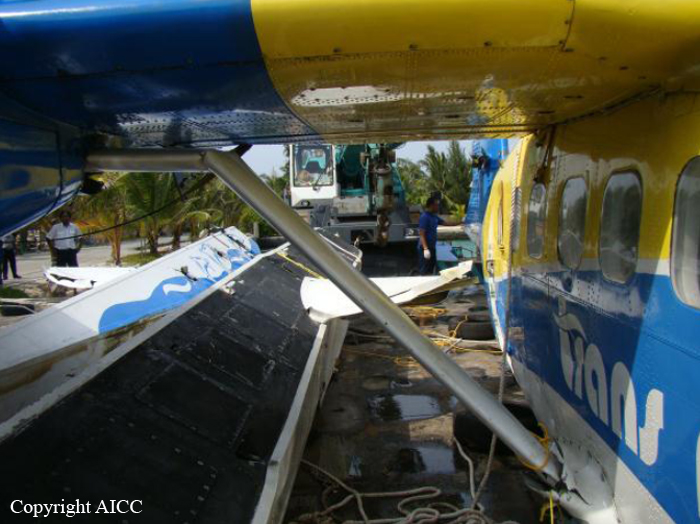
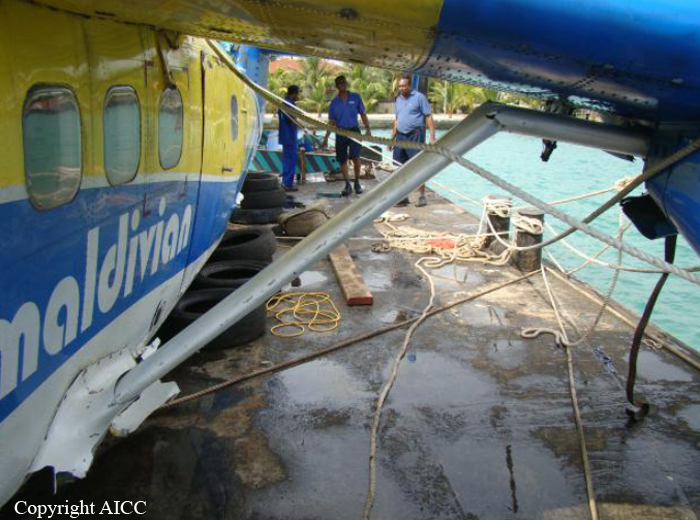
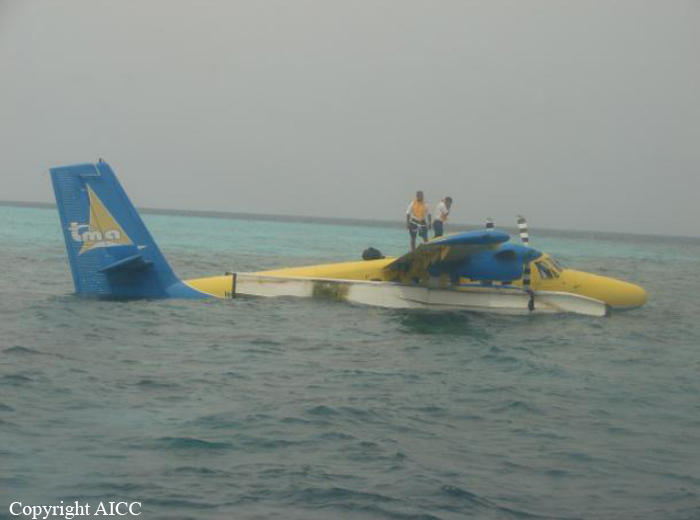
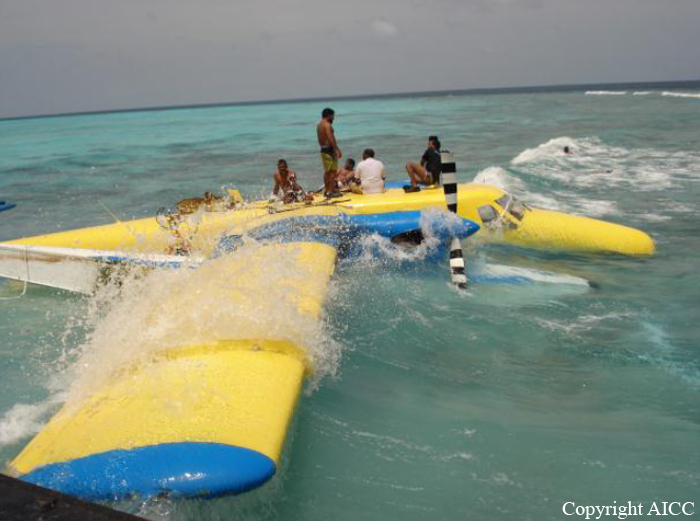
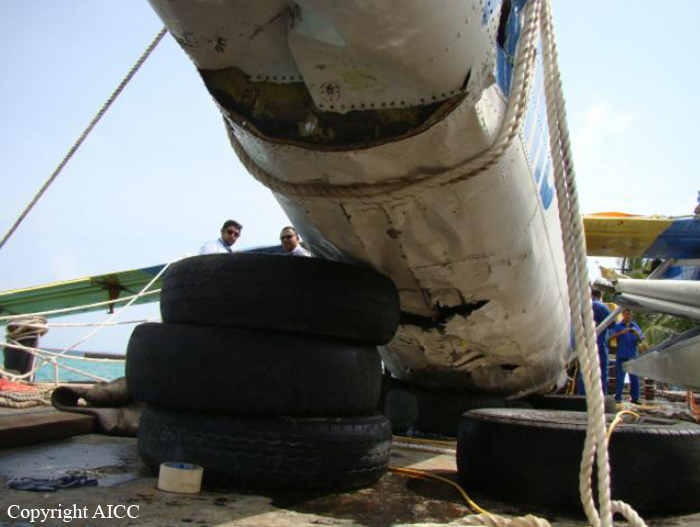
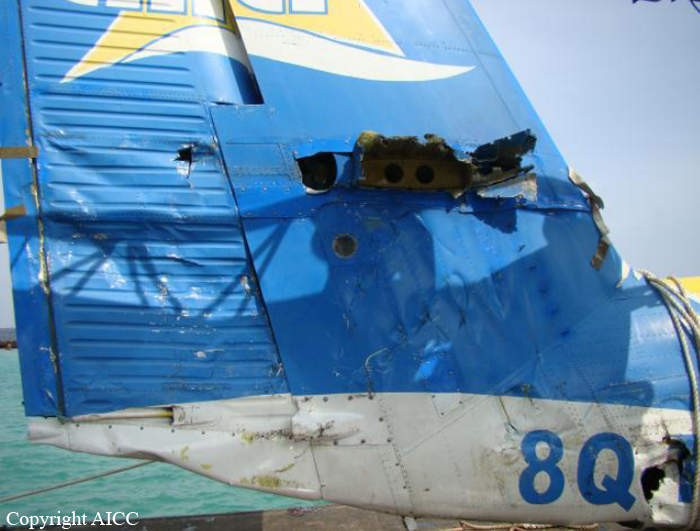
Crash of a De Havilland DHC-6 Twin Otter 100 in Clayton: 2 killed
Date & Time:
Mar 8, 2011 at 1140 LT
Registration:
N157KM
Survivors:
No
Schedule:
Clayton - Clayton
MSN:
57
YOM:
1967
Crew on board:
2
Crew fatalities:
Pax on board:
0
Pax fatalities:
Other fatalities:
Total fatalities:
2
Captain / Total hours on type:
492.00
Aircraft flight hours:
16541
Aircraft flight cycles:
20927
Circumstances:
The airplane had not been flown for about 5 months and the purpose of the accident flight was a maintenance test flight after both engines had been replaced with higher horsepower models. Witnesses observed the airplane depart and complete two uneventful touch-and-go landings. The airplane was then observed to be struggling to gain altitude and airspeed while maneuvering in the traffic pattern. One witness, who was an aircraft mechanic, reported that he observed the airplane yawing to the left and heard noises associated with propeller pitch changes, which he believed were consistent with the "Beta" range. The airplane stalled and impacted trees in a wooded marsh area, about 1 mile from the airport. It came to rest about 80-degrees vertically. Examination of the wreckage did not reveal any preimpact malfunctions; however, the lack of flight recorders and the condition of the wreckage precluded the gathering of additional relevant information. Damage observed to both engines and both propellers revealed they were likely operating at symmetrical power settings and blade angles at the time of the impact, with any differences in scoring signatures likely the result of impact damage. The reason for the yawing and the noise associated with propeller pitch changes that were reported prior to the stall could not be determined.
Probable cause:
The pilot did not maintain airspeed while maneuvering, which resulted in an aerodynamic stall.
Final Report:
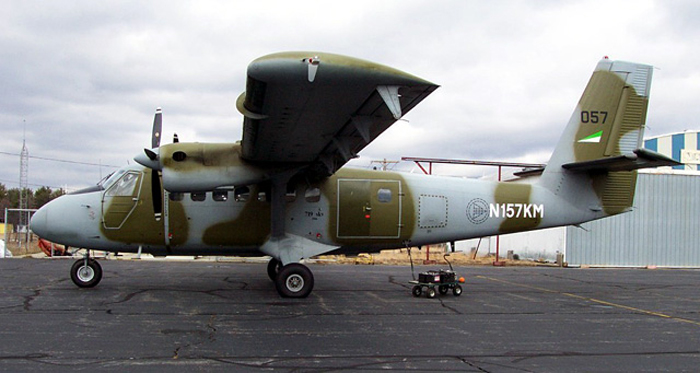
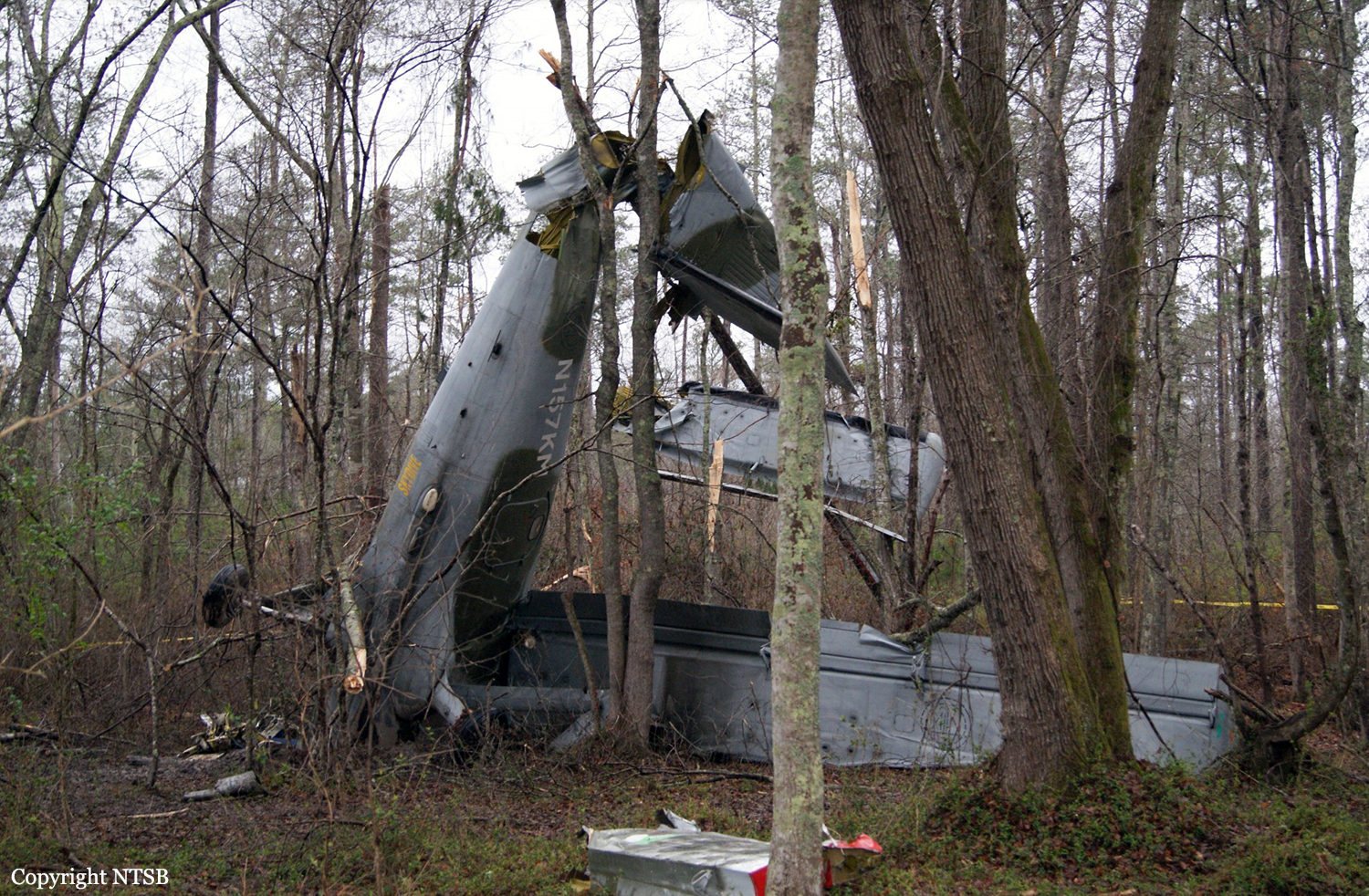
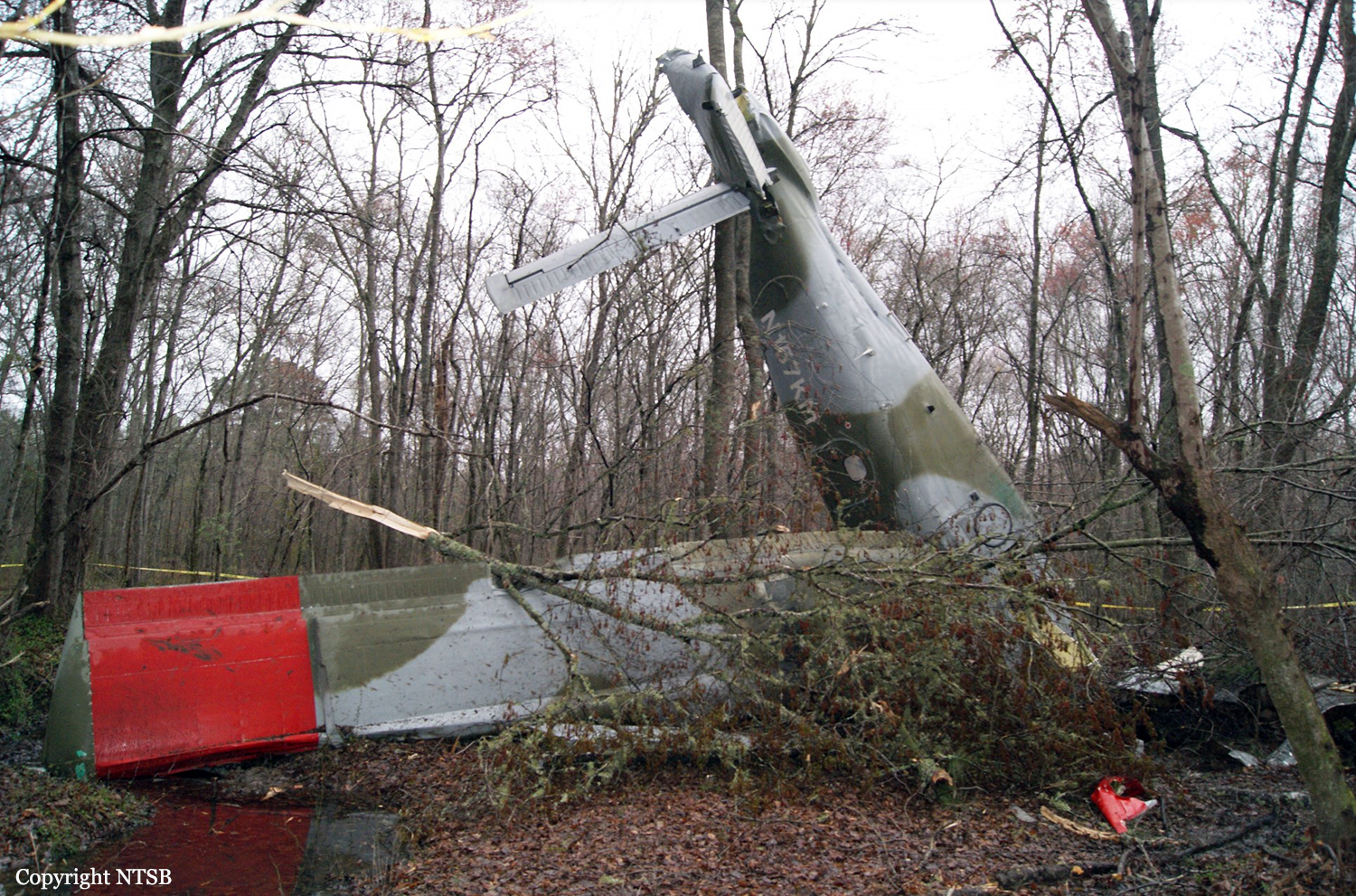
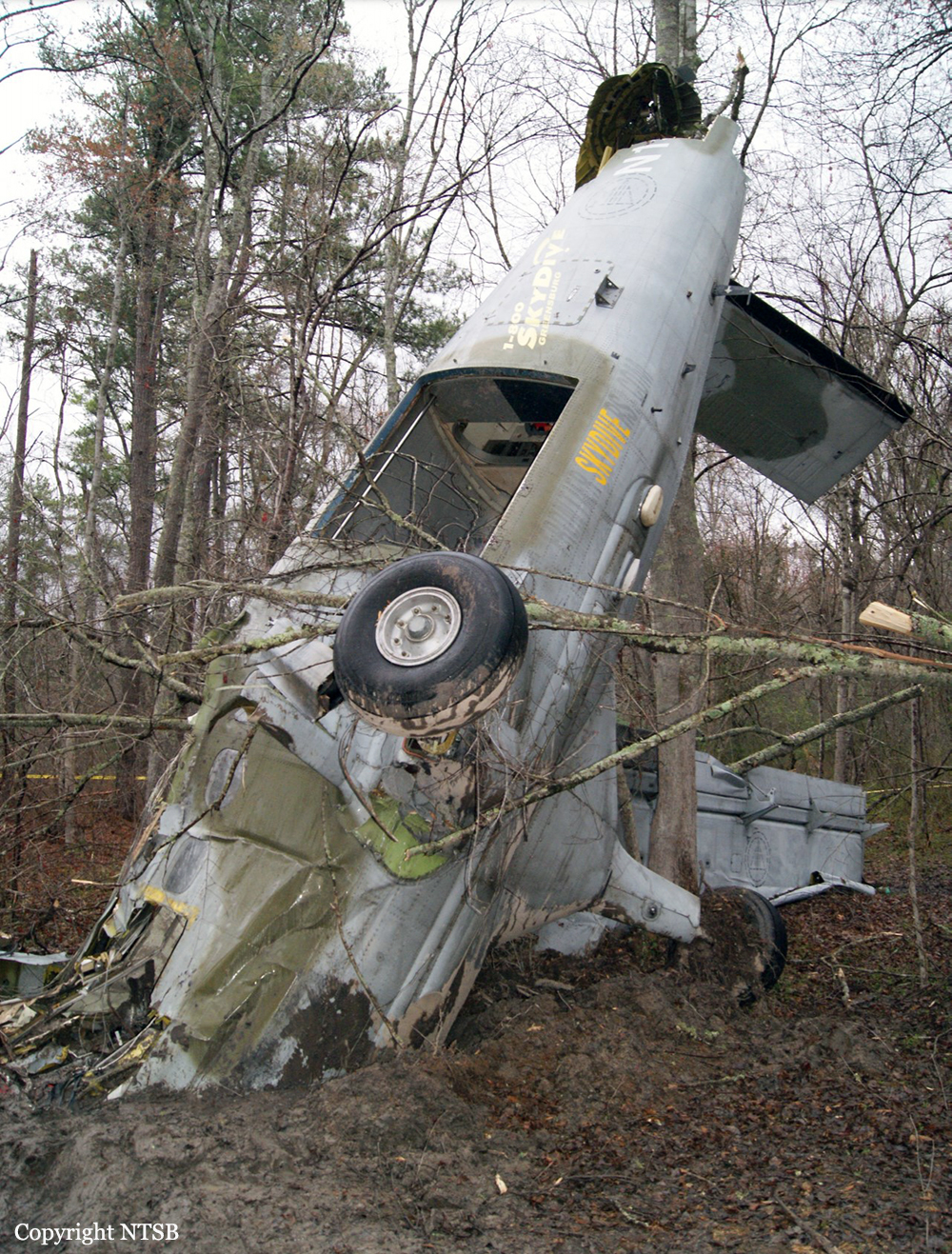
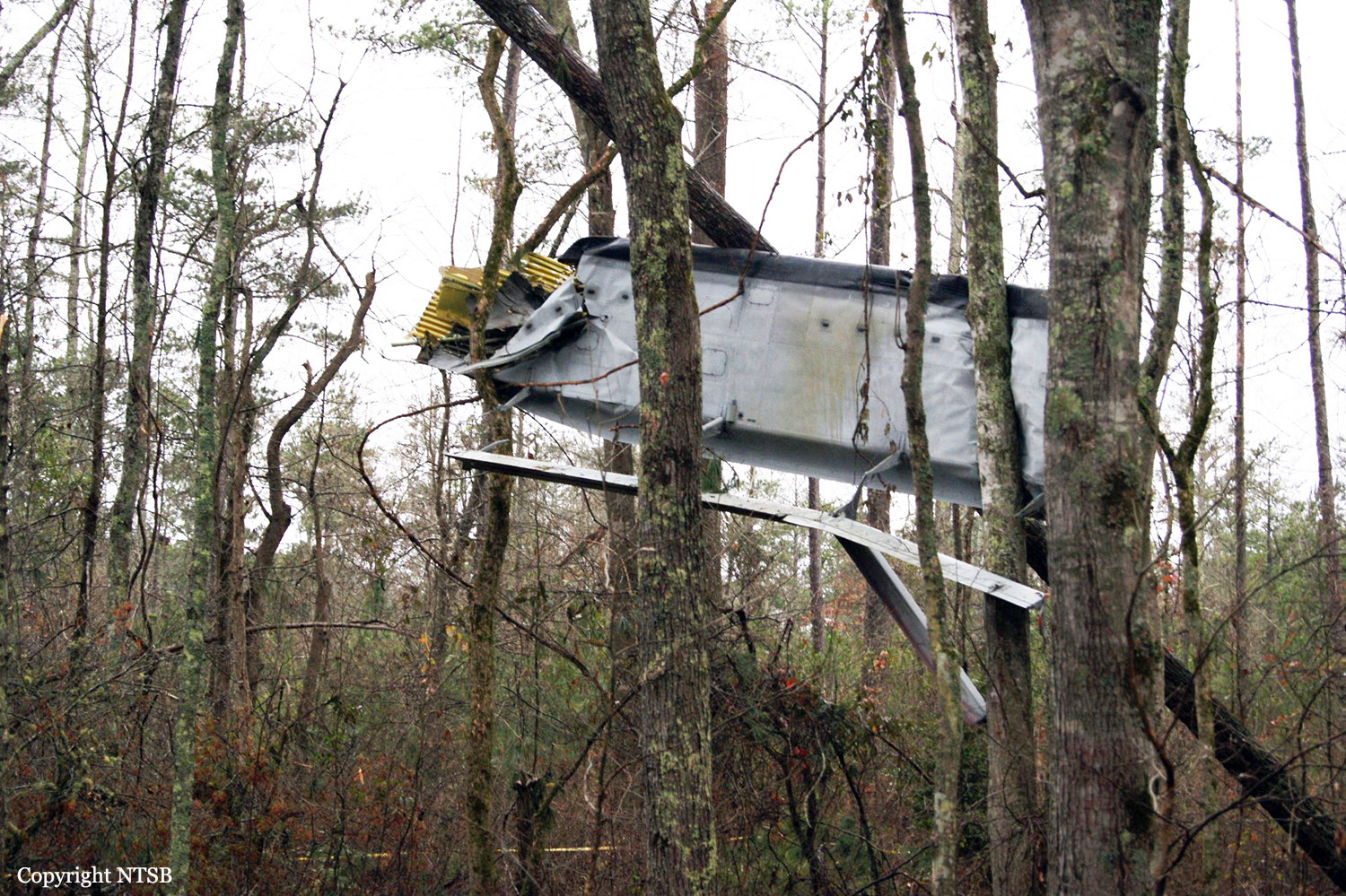
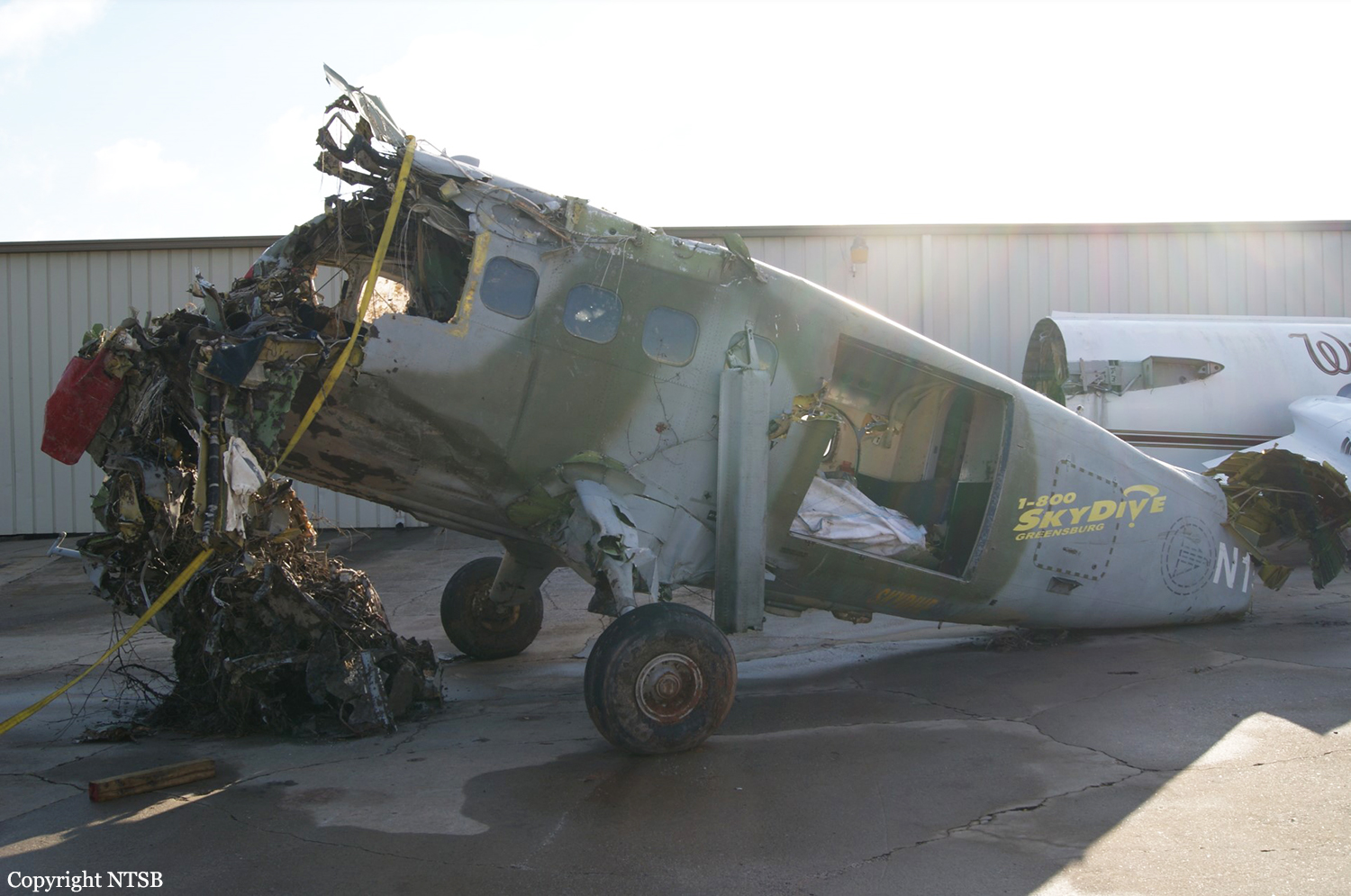
Crash of a De Havilland DHC-6 Twin Otter 300 near Santa Clara: 6 killed
Date & Time:
Jan 20, 2011 at 1545 LT
Registration:
FAE449
Survivors:
No
Schedule:
Shell – Tena
MSN:
834
YOM:
1986
Crew on board:
6
Crew fatalities:
Pax on board:
0
Pax fatalities:
Other fatalities:
Total fatalities:
6
Circumstances:
The crew departed Shell Mera-Río Amazonas Airport at 1530LT on a flight to Tena on behalf of the ECORAE's Institute, a government supply and support program for isolated population in the center of Ecuador. Fifteen minutes after takeoff, the twin engine aircraft crashed in unknown circumstances near Santa Clara, about 30 km northeast of Shell Airport. A crew survived while five other occupants were killed. The only survivor died few hours later.
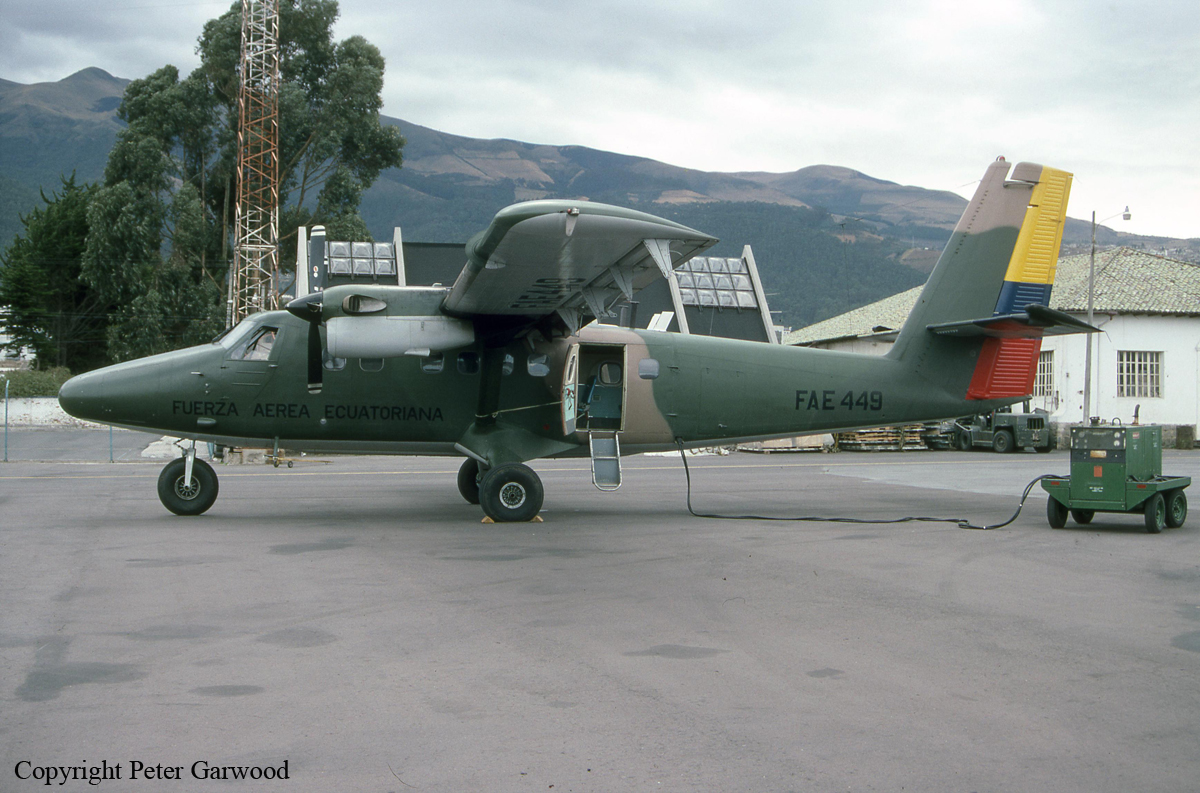
Crash of a De Havilland DHC-6 Twin Otter 300 near Okhaldhunga: 22 killed
Date & Time:
Dec 15, 2010 at 1530 LT
Registration:
9N-AFX
Survivors:
No
Schedule:
Lamidanda - Kathmandou
MSN:
806
YOM:
1984
Crew on board:
3
Crew fatalities:
Pax on board:
19
Pax fatalities:
Other fatalities:
Total fatalities:
22
Captain / Total hours on type:
5000.00
Copilot / Total hours on type:
341
Circumstances:
The twin engine aircraft departed Lamidanda Airport at 1508LT on a flight to Kathmandu. Shortly after departure, the crew was cleared to climb to 10,500 feet but ATC ask them to maintain 8,500 feet due to traffic. The captain disagreed with this ATC instruction and continued to climb. The copilot asked the captain to accept the ATC proposal so finally, the captain cleared the copilot (who was the pilot in command) to descend to 8,500 feet despite the fact it was risky due to the mountainous terrain. Few minutes later, the aircraft entered clouds when the right wing impacted ground. The aircraft crashed in a rocky area located on the Palunge Hill, near Okhaldhunga. The wreckage was found the following morning. The aircraft was destroyed by impact forces and all 22 occupants were killed. IMC conditions prevailed at the time of the accident due to low visibility (cloudy conditions).
Probable cause:
The cause of the accident was the unwise decision taken by the crew to descend without taking the harsh mountain terrain into consideration. Controlled flight into terrain.
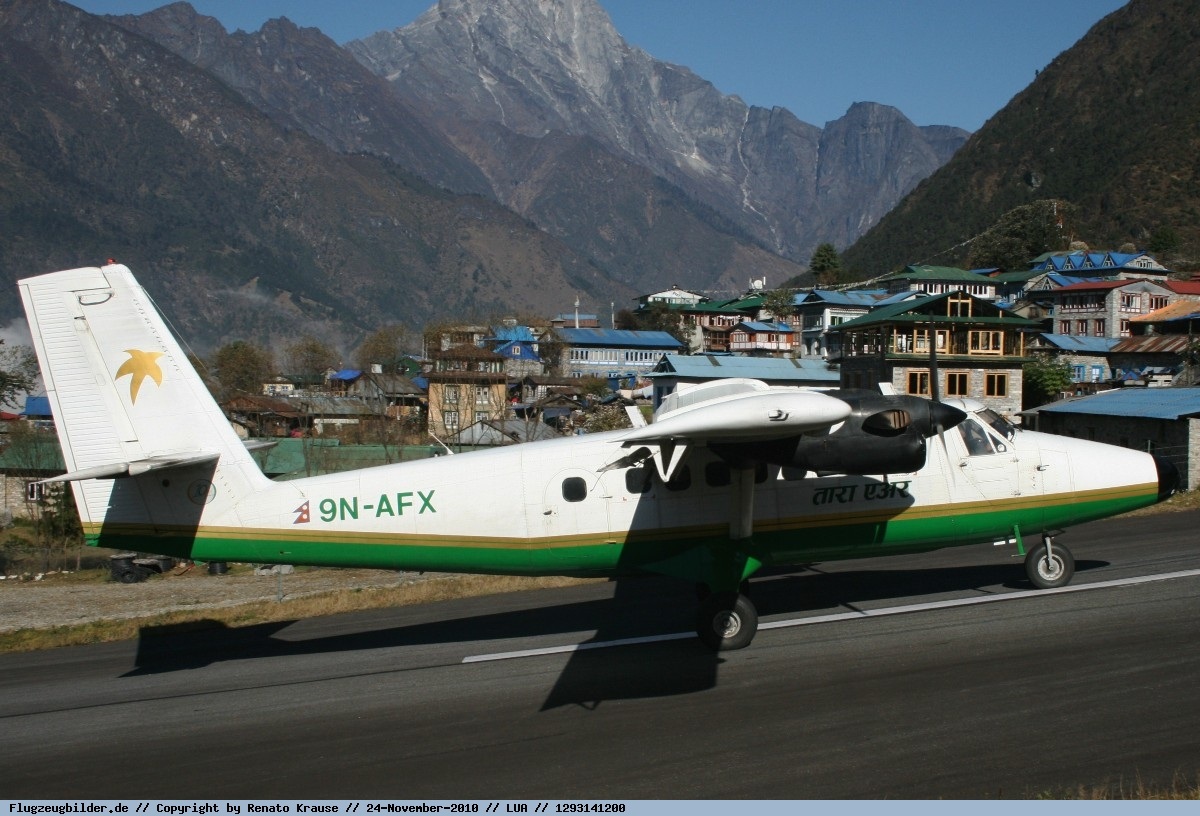
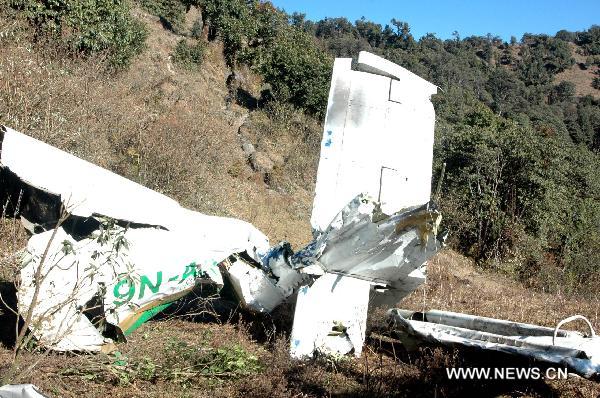
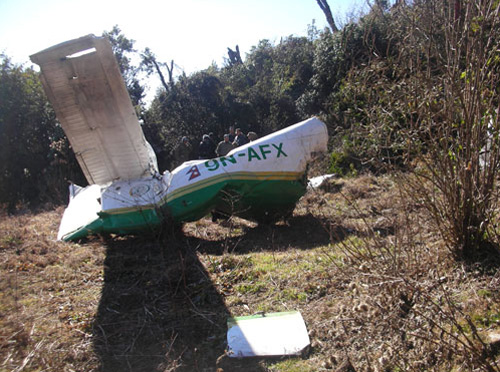
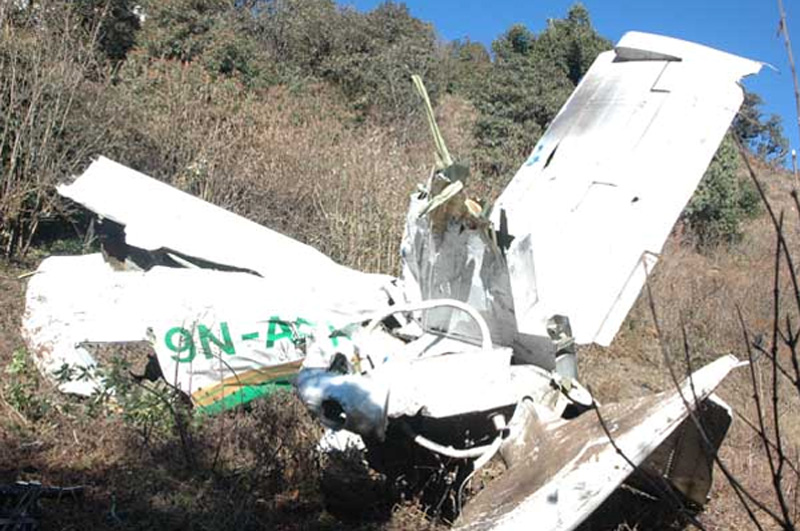
Crash of a De Havilland DHC-6 Twin Otter 300 near Alert
Date & Time:
May 10, 2010 at 1719 LT
Registration:
C-FSJB
Survivors:
Yes
MSN:
377
YOM:
1973
Crew on board:
2
Crew fatalities:
Pax on board:
3
Pax fatalities:
Other fatalities:
Total fatalities:
0
Circumstances:
The crew was performing a supply mission in the Nunavut with three scientists on board. Equipped with ski, the aircraft landed on the snow covered terrain some 168 km north of Alert Air Base. After landing, the aircraft came to a halt when the right ski punctured the ice and the aircraft partially sunk while both engines were still running. All five occupants escaped uninjured and were evacuated two hours later by the crew of a Bell 407 to Resolute Bay. Damaged beyond repair, the aircraft was abandoned on site and later cancelled from registry in November 2011.
Probable cause:
Landing gear went through the ice after landing on ice/snow terrain.
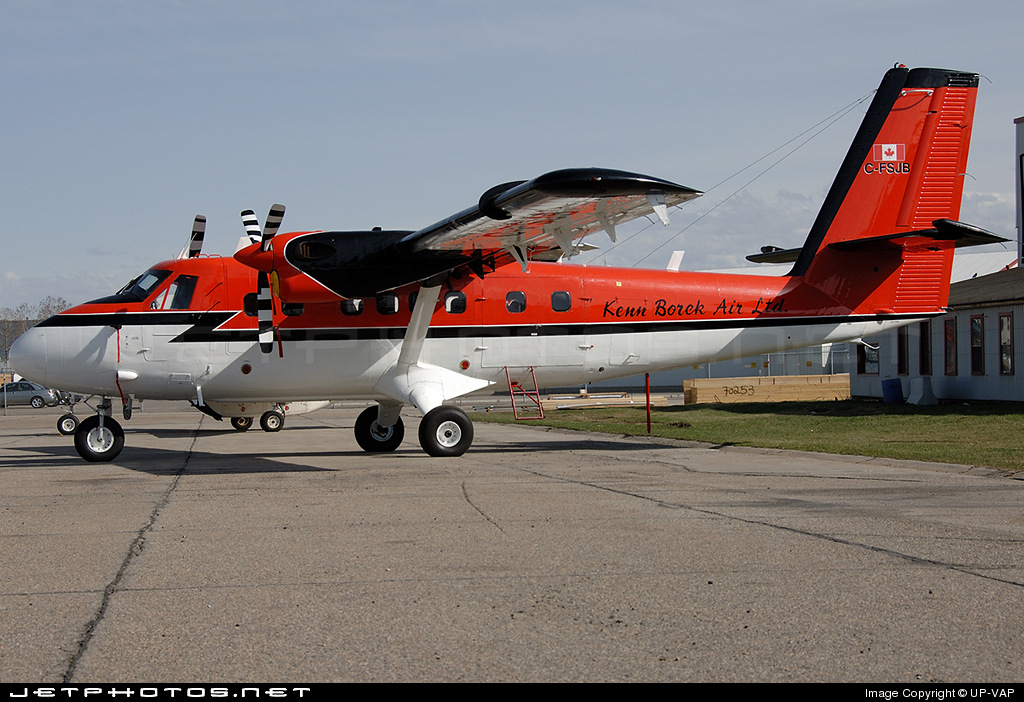
Crash of a De Havilland DHC-6 Twin Otter 300 in Kokoda: 13 killed
Date & Time:
Aug 11, 2009 at 1114 LT
Registration:
P2-MCB
Survivors:
No
Schedule:
Port Moresby - Kokoda
MSN:
441
YOM:
1975
Flight number:
CG4684
Crew on board:
2
Crew fatalities:
Pax on board:
11
Pax fatalities:
Other fatalities:
Total fatalities:
13
Captain / Total hours on type:
1970.00
Copilot / Total hours on type:
1940
Aircraft flight hours:
46700
Circumstances:
On 11 August 2009, a de Havilland Canada DHC-6 Twin Otter aircraft, registered P2-MCB, with two pilots and 11 passengers, was being operated on a scheduled regular public transport service from Port Moresby to Kokoda Airstrip, Papua New Guinea (PNG). At about 1113, the aircraft impacted terrain on the eastern slope of the Kokoda Gap at about 5,780 ft above mean sea level in heavily-timbered jungle about 11 km south-east of Kokoda Airstrip. The aircraft was destroyed by impact forces. There were no survivors. Prior to the accident the crew were manoeuvring the aircraft within the Kokoda Gap, probably in an attempt to maintain visual flight in reported cloudy conditions. The investigation concluded that the accident was probably the result of controlled flight into terrain: that is, an otherwise airworthy aircraft was unintentionally flown into terrain, with little or no awareness by the crew of the impending collision.
Probable cause:
From the evidence available, the following findings are made with respect to the collision with terrain, 11 km south-east of Kokoda Airstrip, Papua New Guinea, involving a de Havilland Canada DHC-6-300 Twin Otter aircraft, registered P2-MCB, and should not be read as apportioning blame or liability to any particular organisation or individual.
Contributing safety factors:
• Visual flight in the Kokoda Gap was made difficult by the extensive cloud coverage in the area.
• The crew attempted to continue the descent visually within the Kokoda Gap despite the weather conditions not being conducive to visual flight.
• It was probable that while manoeuvring at low level near the junction of the Kokoda Gap and Kokoda Valley, the aircraft entered instrument meteorological conditions.
• The aircraft collided with terrain in controlled flight.
Other safety factors:
• The copilot was assessed during normal proficiency checks for instrument approach procedures but was not qualified for flight in instrument meteorological conditions.
• The operator did not have a published emergency recovery procedure for application in the case of inadvertent flight into instrument meteorological conditions.
• The Civil Aviation Safety Authority Papua New Guinea surveillance of the operator did not identify the operations by the operator in contravention of Rule 91.112.
• The lack of a reliable mandatory occurrence reporting arrangement minimized the likelihood of an informed response to Papua New Guinea-specific safety risks.
• There was no qualified Director (or similar) of Aviation Medicine in Papua New Guinea (PNG).
• The lack of both flight data and cockpit voice recorders adversely affected a full understanding of the accident by the investigation.
Other key findings:
• The investigation was unable to discount the possible incapacitation of the copilot as a factor in the accident.
• Although not required by the aviation rules at the time of the accident, the adoption of threat and error management training for flight crews, and of the methodology by operators would provide a tool to identify and mitigate operational risk as follows:
– by flight crews, when flight planning and during flight; and
– by operators, when developing their operational procedures.
Contributing safety factors:
• Visual flight in the Kokoda Gap was made difficult by the extensive cloud coverage in the area.
• The crew attempted to continue the descent visually within the Kokoda Gap despite the weather conditions not being conducive to visual flight.
• It was probable that while manoeuvring at low level near the junction of the Kokoda Gap and Kokoda Valley, the aircraft entered instrument meteorological conditions.
• The aircraft collided with terrain in controlled flight.
Other safety factors:
• The copilot was assessed during normal proficiency checks for instrument approach procedures but was not qualified for flight in instrument meteorological conditions.
• The operator did not have a published emergency recovery procedure for application in the case of inadvertent flight into instrument meteorological conditions.
• The Civil Aviation Safety Authority Papua New Guinea surveillance of the operator did not identify the operations by the operator in contravention of Rule 91.112.
• The lack of a reliable mandatory occurrence reporting arrangement minimized the likelihood of an informed response to Papua New Guinea-specific safety risks.
• There was no qualified Director (or similar) of Aviation Medicine in Papua New Guinea (PNG).
• The lack of both flight data and cockpit voice recorders adversely affected a full understanding of the accident by the investigation.
Other key findings:
• The investigation was unable to discount the possible incapacitation of the copilot as a factor in the accident.
• Although not required by the aviation rules at the time of the accident, the adoption of threat and error management training for flight crews, and of the methodology by operators would provide a tool to identify and mitigate operational risk as follows:
– by flight crews, when flight planning and during flight; and
– by operators, when developing their operational procedures.
Final Report:
